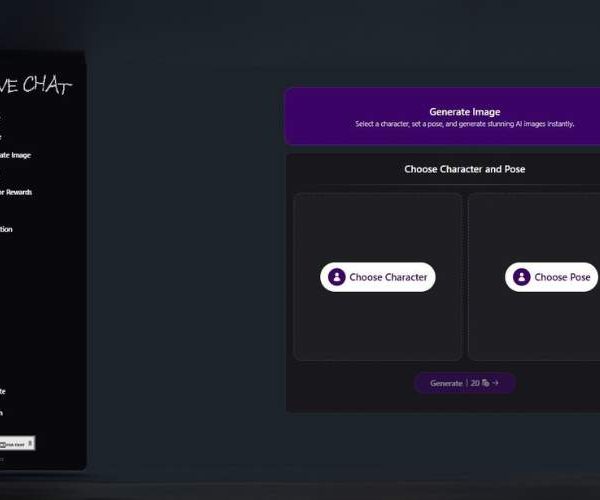
How to Use an AI Readability Checker for Flawless Content
You can write a technically perfect sentence and still have it fall flat. Why? Because perfection doesn’t always mean readability. Readers don’t want to wade through dense, jargon-packed paragraphs like they’re trudging through knee-deep snow.
They want writing that flows—something that sounds like it was written for them. That’s where an AI readability checker can quietly transform your work from “grammatically correct” to “impossible to put down.”
Why Readability Matters More Than You Think
If you’ve ever caught yourself re-reading the same sentence three times, you know what bad readability feels like. It’s exhausting. And here’s the thing—your readers won’t re-read it, they’ll just leave.
A readability checker doesn’t just count syllables or measure sentence length. It evaluates pacing, complexity, and even tone. Some tools flag long-winded sentences that would be better split into two.
Others point out when you’re drowning in passive voice. And while the tech is clever, the real win is how it helps you see your writing from the reader’s perspective.
I’ve used them for everything—from client proposals to casual blog posts—and the difference is immediate. It’s like taking a dusty old window and cleaning it until the sunlight floods in.
Choosing the Right Tool (It’s Not Just About Features)
The internet is drowning in options, but not all readability checkers are created equal. Some cap you at a few hundred words unless you pay up. That’s fine for tweets, but try running a full chapter through and you’ll want to throw your laptop out the window.
That’s why I always recommend finding an ai readability checker that works without words limit—because real writing isn’t measured in neat little chunks.
Look for a tool that’s fast, intuitive, and doesn’t make you feel like you’re being judged by a grumpy English teacher from 1973. Bonus points if it integrates with the platform you already write in. The smoother it fits into your workflow, the more likely you’ll use it consistently.
How to Actually Use One Without Killing Your Style
Here’s where a lot of writers go wrong—they treat AI feedback as gospel. If the checker says “shorten this sentence,” they hack it to bits, even if it kills the rhythm. My advice? Use the suggestions as signposts, not commandments.
Start by running your draft through the tool and skimming the flagged sections. Then ask yourself: is this actually a problem, or does it work for my audience? Sometimes the very thing that makes your writing “technically complex” is what makes it interesting. The goal is clarity, not conformity.
And for the love of words—don’t lose your voice in the process. If your style includes the occasional dramatic run-on for effect, keep it. Writing is about connection, not passing a digital purity test.
When Readability Checks Become a Learning Tool
One of the biggest hidden perks is how these checkers train you over time. You start recognizing patterns—like your tendency to cram too many ideas into one sentence, or to overuse filler phrases like “in order to.” The tool nudges you to fix it, and before long, you’re making those edits in your head as you write.
This isn’t just about producing “flawless content” for SEO or client work—it’s about sharpening your instincts so your future drafts are cleaner from the get-go. Think of it like having a patient editor who never gets tired of pointing out your quirks (and doesn’t charge by the hour).
Final Thoughts
An AI readability checker is more than just a button you press at the end of writing—it’s a companion that helps you communicate better without diluting your personality.
Pick one that fits your workflow, use its feedback wisely, and treat it as a tool for growth, not a final judge. Because at the end of the day, perfect writing isn’t what gets remembered—it’s writing that feels effortless to read.





















